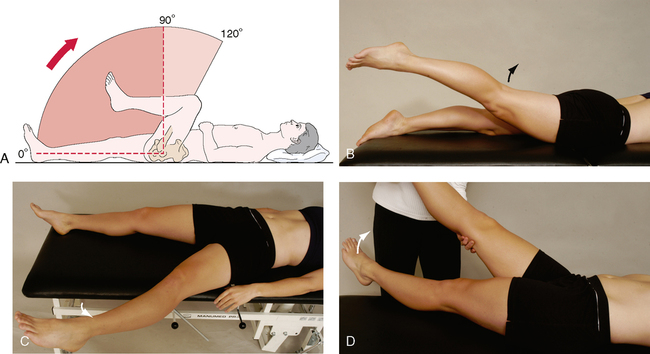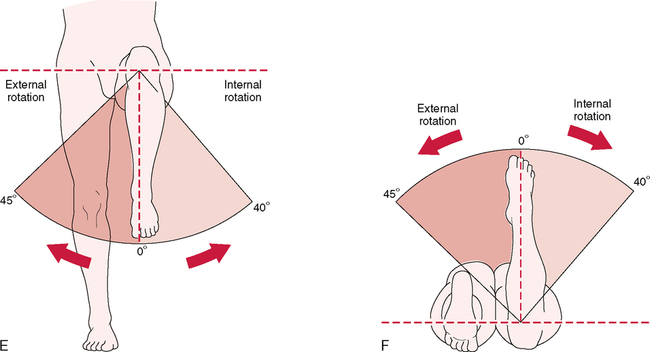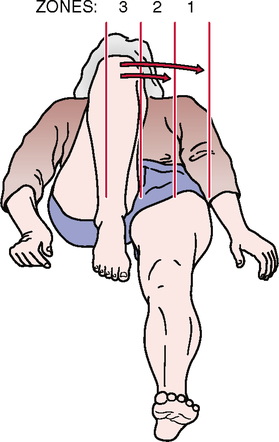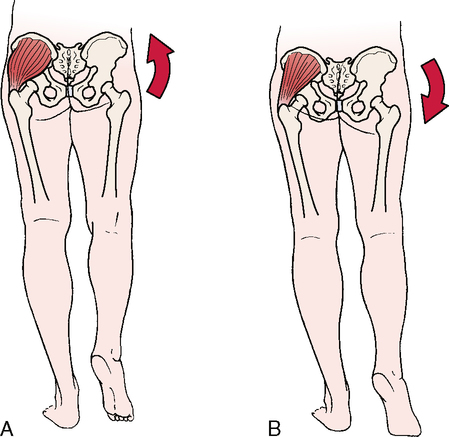CHAPTER 10 Patrick’s test (flexion, abduction, and external rotation [FABER] or figure-four test) Anterior labral tear test (flexion, adduction, and internal rotation [FADDIR] test) • Osteoarthritis affects 10% to 25% of the population over age 55. • Osteonecrosis can occur in people of any age, but it is most common in people in their 30s, 40s, and 50s. • In children, the most common cause of hip pain is acute transient synovitis. The incidence of slipped capital femoral epiphysis is about 6.1 per 10,000 in boys and 3 per 10,000 in girls. The incidence of Leg!g-Calvé-Perthes disease is about 1.5 to 5 per 10,000. • In newborns, the prevalence of developmental dysplasia of the hip (DDH) has been reported in screened populations at rates of 2.5 to 20 per 1000 births; however, it reaches 40 to 90 per 1000 births in some communities.
HIP
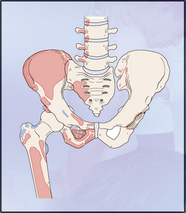
SPECIAL TESTS FOR HIP PATHOLOGY8–13
Relevant Special Tests
Epidemiology and Demographics

